Sara Hall is one of America’s most dynamic marathon runners—both for her accomplishments, and for her personality. An outspoken advocate of her faith, alongside her husband Ryan Hall, Olympian and one of the US’s most dynamic racers, the pair has helped popularized running all over the world. At the Tamarack Ottawa Race Weekend, Hall will be competing in the marathon, a distance that she’s gotten quicker at since making her debut in 2015 in Los Angeles. In 2017, she ran 2:27:21, and has hit the Olympic standard in the past. We caught up with Hall from her home in California.
iRun: Your marathon times keep getting quicker. At this stage in your career, would you say that distance is your main focus?
Hall: The half and full marathon are definitely my focus at this point. I am really loving both events and keep seeing a lot of room for growth in my training, and really enjoying the process of preparing for them! I’m enjoying my career the most I ever have at this point, which is kind of surprising, so I plan to keep focusing on the same things!
iRun: What have you learned about running, and yourself, across your storied career?
Hall: I never thought I would still be a professional runner at this point in my life, but my love for the sport, competing and going after big goals in training just keeps increasing. This sport has taught me a lot about resiliency through the many failures in my career. I had to get free from fearing failure and learn my true identity in who God made me to be, apart from being successful in running. That process, which was prompted by my career, is invaluable and is the biggest thing I will take away from my career. When you no longer fear failure, you’re free to go after big things and take big risks, and fully be who you are. Which is probably why I’m enjoying it the most I ever have!
iRun: Why did you choose to race Ottawa?
Hall: I was actually planning to do the Boston Marathon, but I sustained an SI joint injury in March. It was heart-breaking at first, because I had done the best marathon work I’d ever done. But I looked ahead at what options might be available later, and got really excited about Ottawa. I’ve heard only great things about the different races that are a part of the race weekend, and heard that the city is beautiful. Having Ottawa as a goal really helped motivate me to cross train and maintain my fitness so that I could perform well there.
iRun: You’ve been running competitively since high school. Is it fun?
Hall: I love to compete, I’m naturally a competitor and wish I could race every weekend! Maybe at some point near the end of my career I will. I got into the sport also just loving running out in nature and exploring trails, and that’s a big part still of my enjoyment of the sport.
iRun: Tell me about when you first met Ryan.
Hall: I first met Ryan through a mutual friend, but had heard about him as we were both some of the fastest high schoolers in California at the time. We met at the Foot Locker Western Regionals, and he had had a disappointing race, so was kind of in a bad mood. So it wasn’t a great first impression, but we really got to know each other at the pre-season training camp with Stanford in Mammoth Lakes before our freshman year and really hit it off there. We dated all four years of college and got married right after, so it was very linear.

iRun: What’s it like, besides lots of laundry, having two competitive runners in one house?
Hall: It was definitely a balancing act when he was still competing. I wish I was running marathons at the time because our seasons would have been more compatible! But we did a lot of easy runs together as we still do. He was usually pretty blasted from the marathon workouts so actually wanted to run my pace (and sometimes slower), so it worked out well. We spent a lot of time cooking together and traveling together which was really fun. But now with the kids, life is definitely more full and we are pretty much just busting on logistical and administrative stuff outside of training before they come home, and then it’s hanging out with them and helping with homework.
iRun: Both charity work and faith have been important to you both and you’ve been outspoken on both. What do you get back from each part of your life?
Hall: I definitely believe we as humans are body, soul and spirit. We need to be investing in each one, and if one gets neglected, we feel it and can’t thrive as a person. I’ve definitely lived too much in the “physical” at times where I was desperate to get my performances to improve, but I ended up being unhappy and running worse. I’ve always thought that after college I would do international development work and help people living in extreme poverty, so being able to help in those areas through my running and The Hall Steps Foundation has been very important, as that’s a big part of who I am and the impact I feel called to make in the world. My faith in Jesus motivates everything that I do, including running and the charity work, and feeding my spirit is just as important to me as refueling after training. This life is temporary, but life with God is eternal, and I try to always keep that in perspective.
iRun: What advice would you give runners competing at the Ottawa Race weekend, or basically competing in any type of run?
Hall: I like to tell people to turn their nerves into excitement. A sports psychologist once told me he went on a sled dog ride, and when he walked out with the musher the dogs all started going crazy, pulling at their chains with excitement. They all wanted to be the ones picked to run and pull the sled, to do what they were created to do. That’s the same excitement I hope to bring to my competitions — that “put me in, coach!” mentality, rather than the dread that nerves can bring.
iRun: Look down the road and give me a forecast. Will you be running at 65?
Hall: I’m trying to take good care of my body now so that I can be out exploring the trails and doing long, challenging races at that point. I hope so!




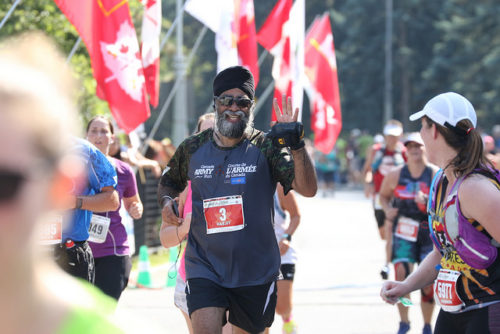
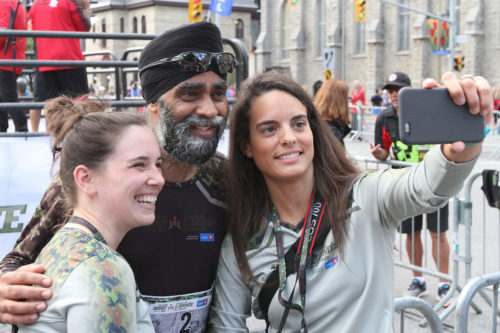


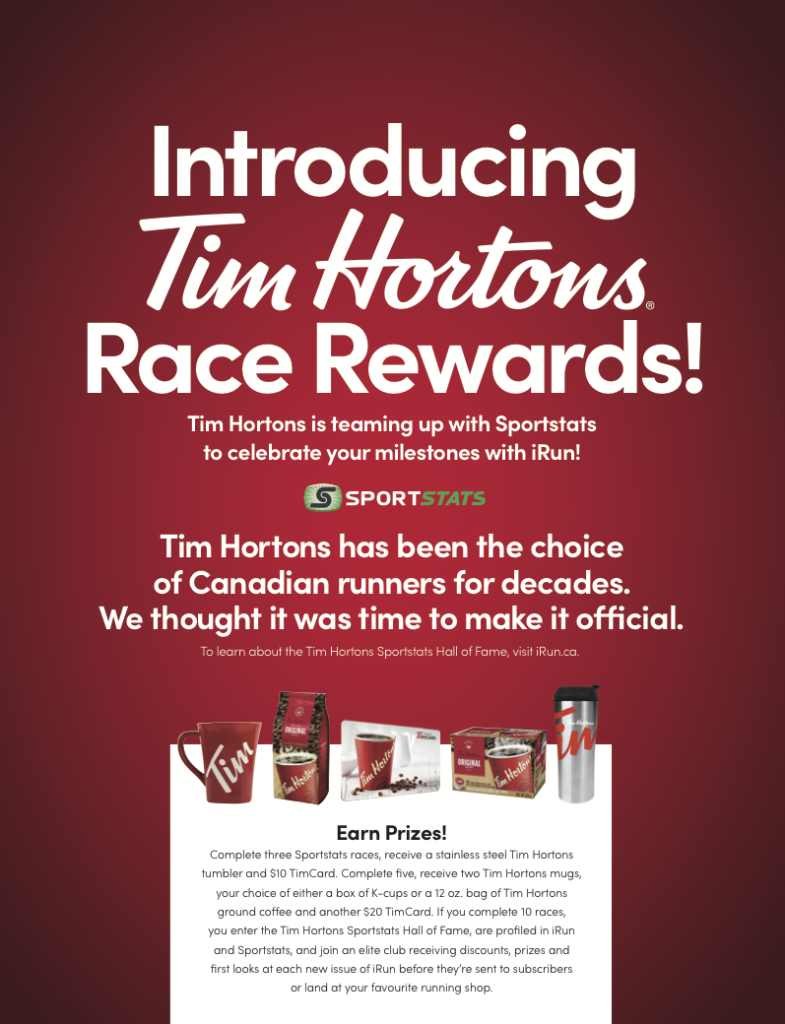





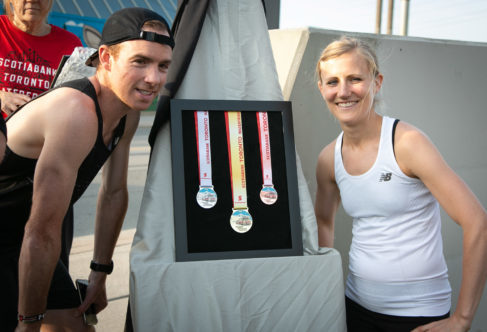
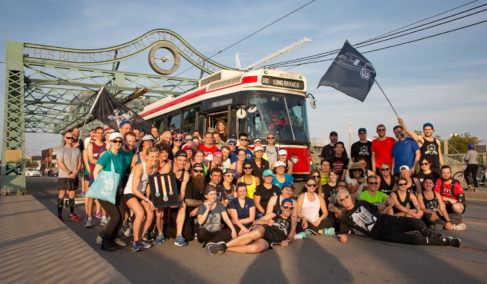
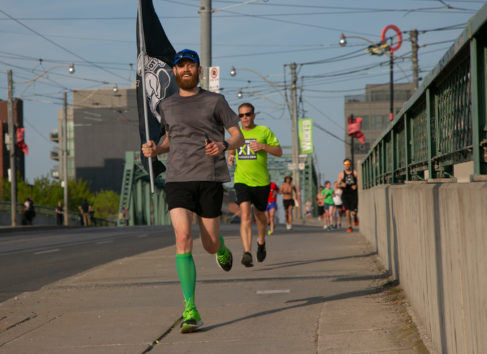
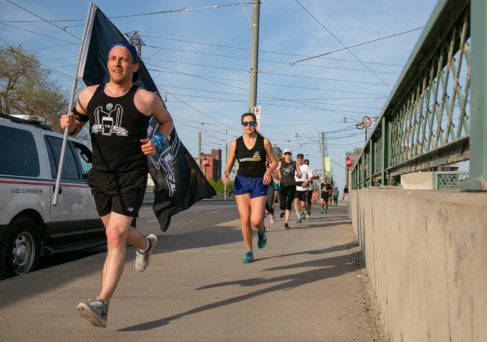
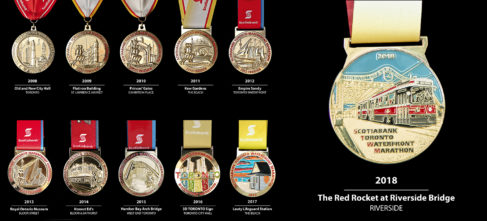








 Our Magazine
Our Magazine Previous Release
Previous Release
